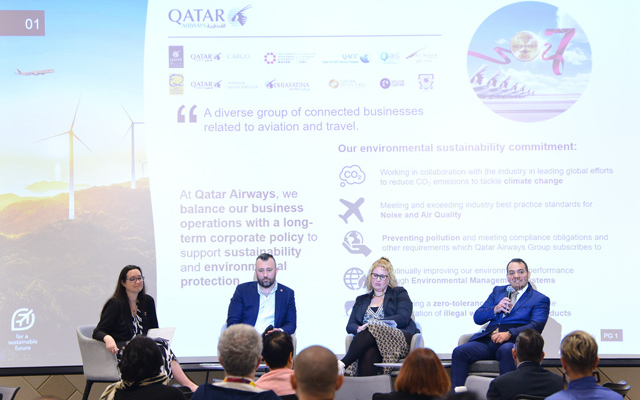
Despite sustainability challenges facing airlines, corporate customers are taking bigger steps to measure their carbon footprint, setting aside budgets and addressing their “return on carbon”.
For example, SkyTeam created a sustainability challenge in 2022 with 16 partners, which increased to 22 airlines operating 72 sustainable flights in 2023, and Gea van Beek, manager, global meetings, said the initiative was open to every airline to learn and share.

This information was shared at the Fly sustainably? Exploring the latest sustainability developments in Aviation session last week at 62nd ICCA Congress in Bangkok.
While travel was the biggest carbon emitter, moderator, Mariela Bazan, chief sustainability officer and senior vice president, industry advancement, Events Industry Council, said the industry needed to “change the narrative” by “having influence on the conversation with its US$1.6 trillion contribution to global GDP”.
Bradley Sutherland, senior manager, business development, Air Canada (AC), shared examples of sustainability initiatives, such as removing inflight magazines, water management, and uplifting supply from resource-challenged destinations. In addition, AC has on order 30 electric aircraft to operate short commuter flights, but noted the size and weight of batteries, the power needed to power them up, infrastructure to make sustainable aviation fuel (SAF) more available and accessible had to be a collective effort.
Carlos Mauricio Garcia Arauz, corporate affairs policy and standards manager, Qatar Airways Group, pointed out that noise, air quality and pollution prevention were other important areas to be addressed – adding that there were both “responsibly produced and bad SAF” as well as limited, inconsistent supply.
There should also be studies to find out if resources for SAF production were competing with the food needed to feed populations.




















